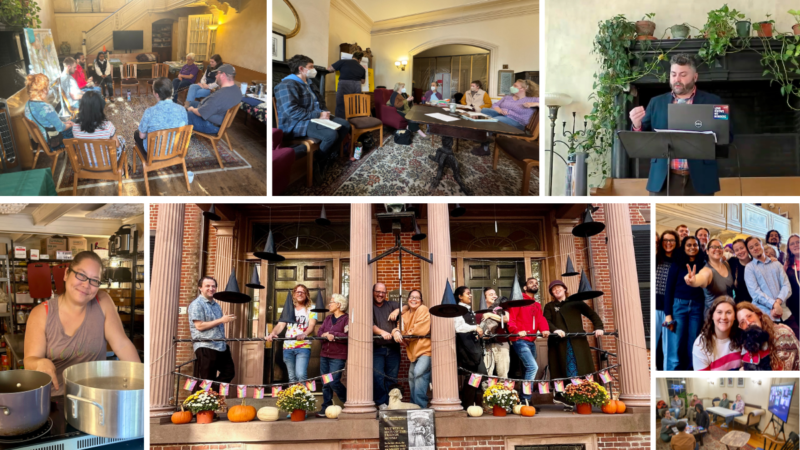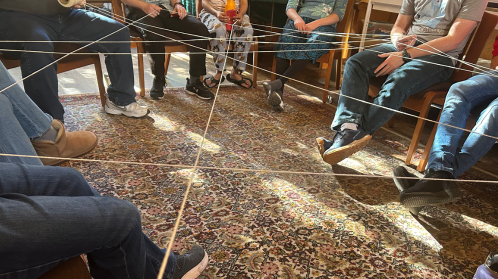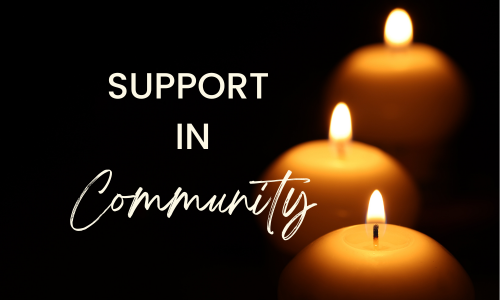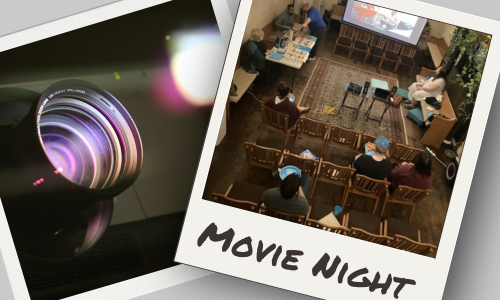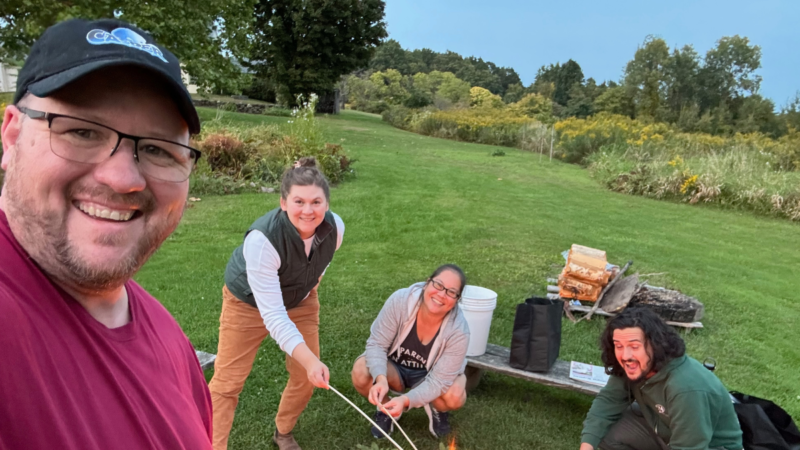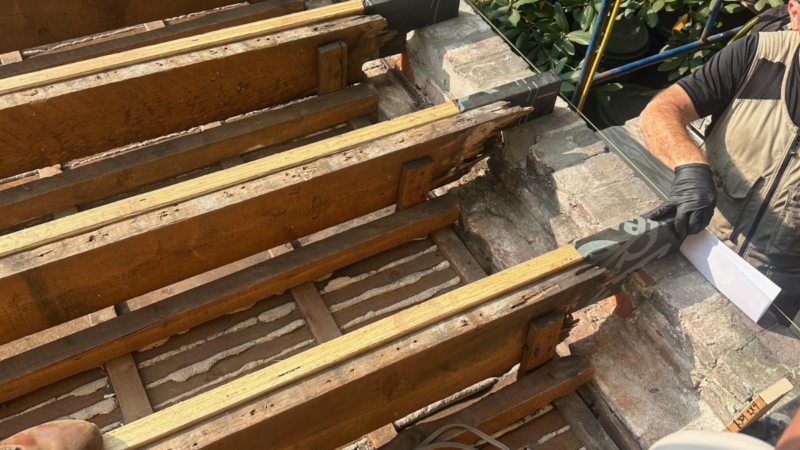Make way for … being a part of a bigger story
Nov. 20 2023 | Cliff Putney
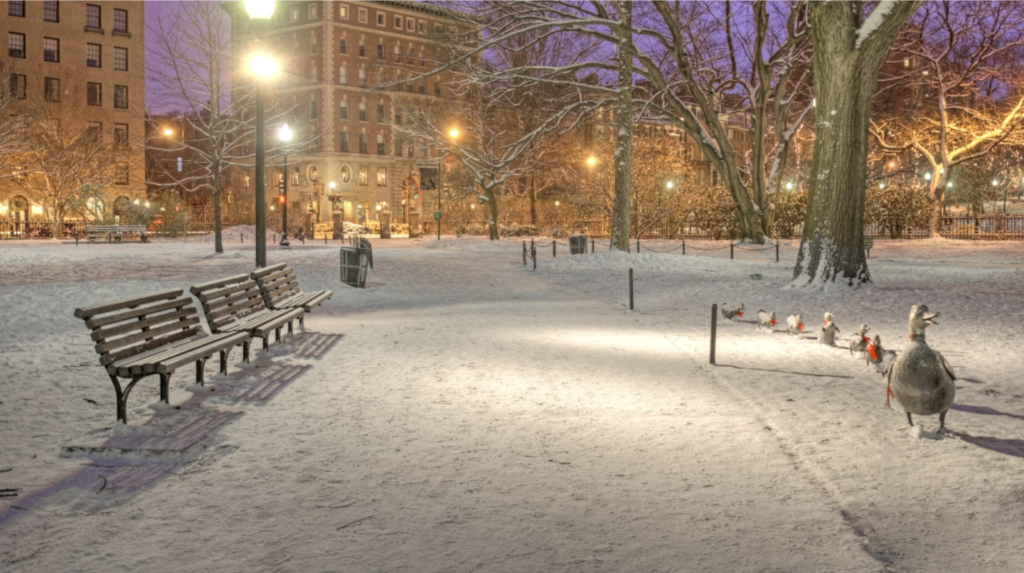
Dear Friends,
For those who don’t know me, and perhaps for some who do: My name is Clifford Putney, and I was a House Resident from 1990-1992, a BHFH Board member intermittently from 1990-2022, and I am a member of Beacon Hill Friends Meeting. I am also a historian.
I’m here to tell you a story.
Over the last 200 years, many famous people have lived in or visited 6 & 8 Chestnut Street — the two federalist townhouses which are now Beacon Hill Friends House.
One famous person with a link (possibly apocryphal) to the House is Robert McCloskey, the man who wrote and illustrated Make Way for Ducklings (the inspiration for the duckling sculpture in the Boston Public Garden) pictured above.
The lore from relatives of Charlotte Nichols Greene (the previous occupant of the property before it became BHFH) is that McCloskey was taken into the house as a boarder during the Great Depression. He may have even included Charlotte as a character in Make Way for Ducklings as “an old lady from Beacon Hill.”
Is this story true? I know from corresponding with McClosky’s daughter that he lived on Beacon Hill when he was a student in Boston at the Vesper George Art School between 1932 and 1936. But we have no conclusive evidence.
However, this story has intrigued me and others associated with BHFH. Perhaps the reason is not McClosky himself, but the recognition of our building’s strong connection with the broader story of Boston through an important icon.
From his Beacon Hill residence (which could well have been Mrs. Greene’s house), McCloskey walked through the Boston Public Garden nearly every morning, heading to school. When he passed through the Public Garden, he took pleasure in seeing the ducks there, and he later immortalized those ducks in Make Way for Ducklings, which was first published in 1941 and is now the official children’s book of Massachusetts.
Of all the authors whose works I read as a boy, McCloskey was among my favorites. I loved his skillfully rendered charcoal drawings, his ability to capture the feeling of places such as Boston and Maine, and his wonderful sense of humor. Inspired by McCloskey, I put pen to paper and tried imitating him (as I like drawing) — although I never achieved his high level of artistry.
No matter whether McCloskey lived at 6 & 8 Chestnut Street, these buildings have held many of our stories — including mine — and are a part of the fabric of this area of Boston.
Below, you will find opportunities to engage with BHFH in the coming weeks. Perhaps your story will be the next luminary to intersect with this institution that people will be telling stories about nearly 100 years later.
In storytelling,
Clifford Putney


